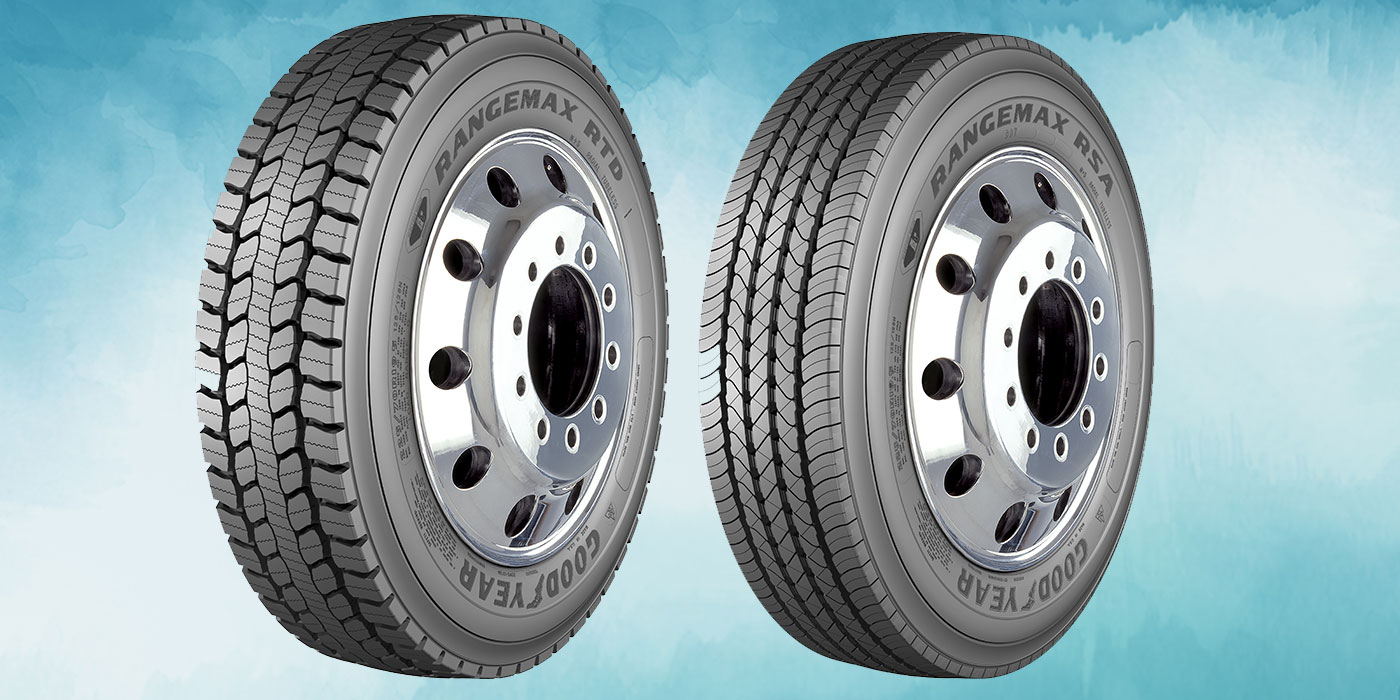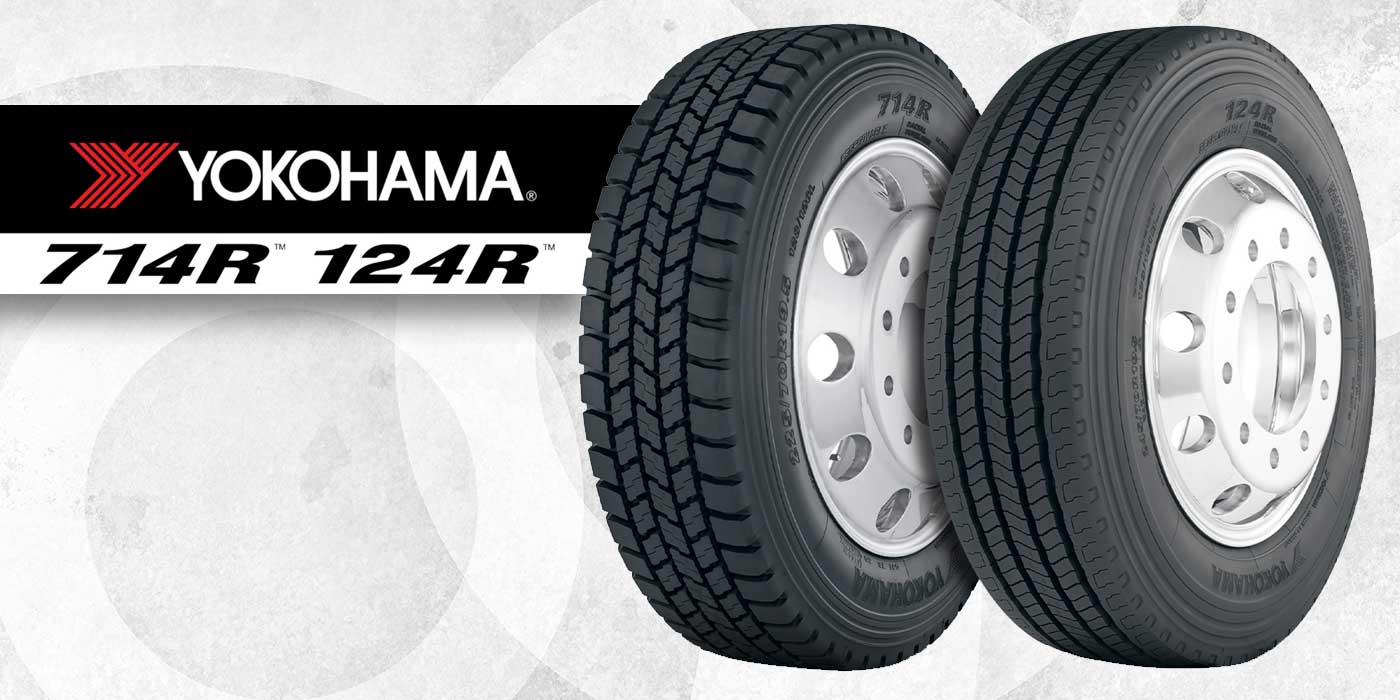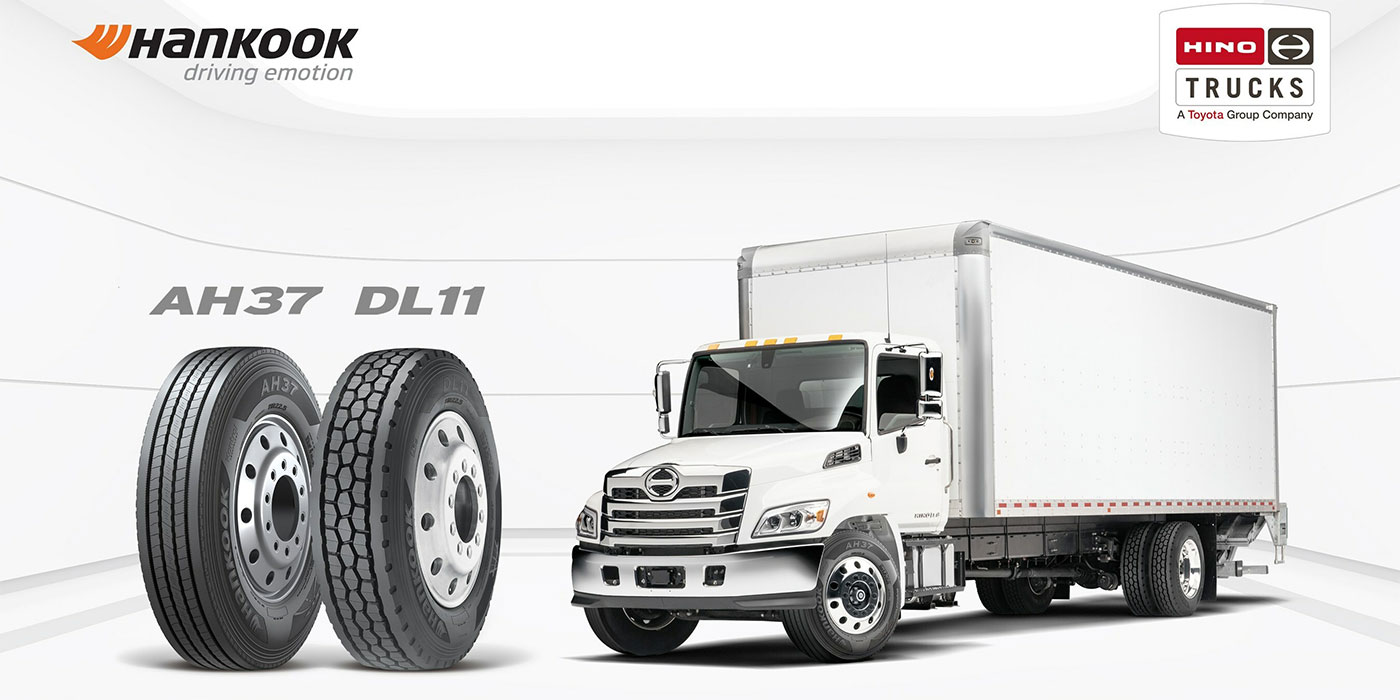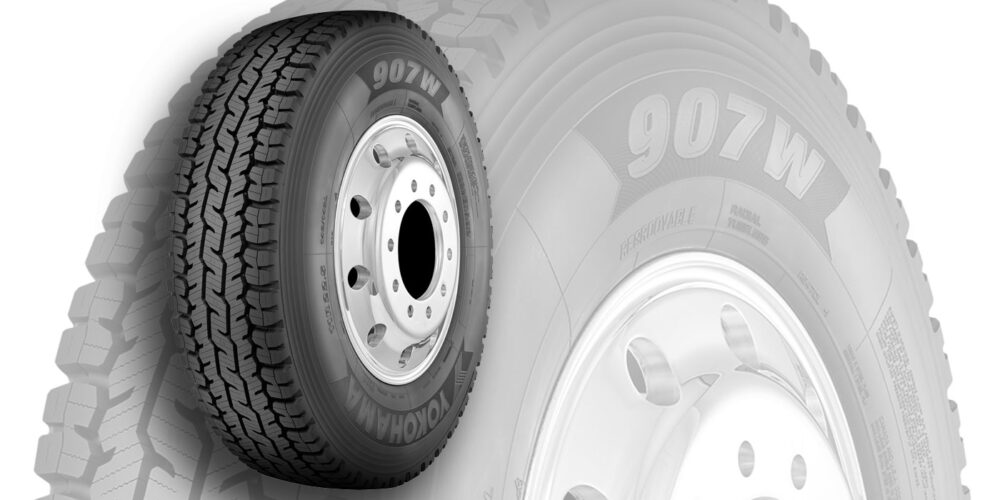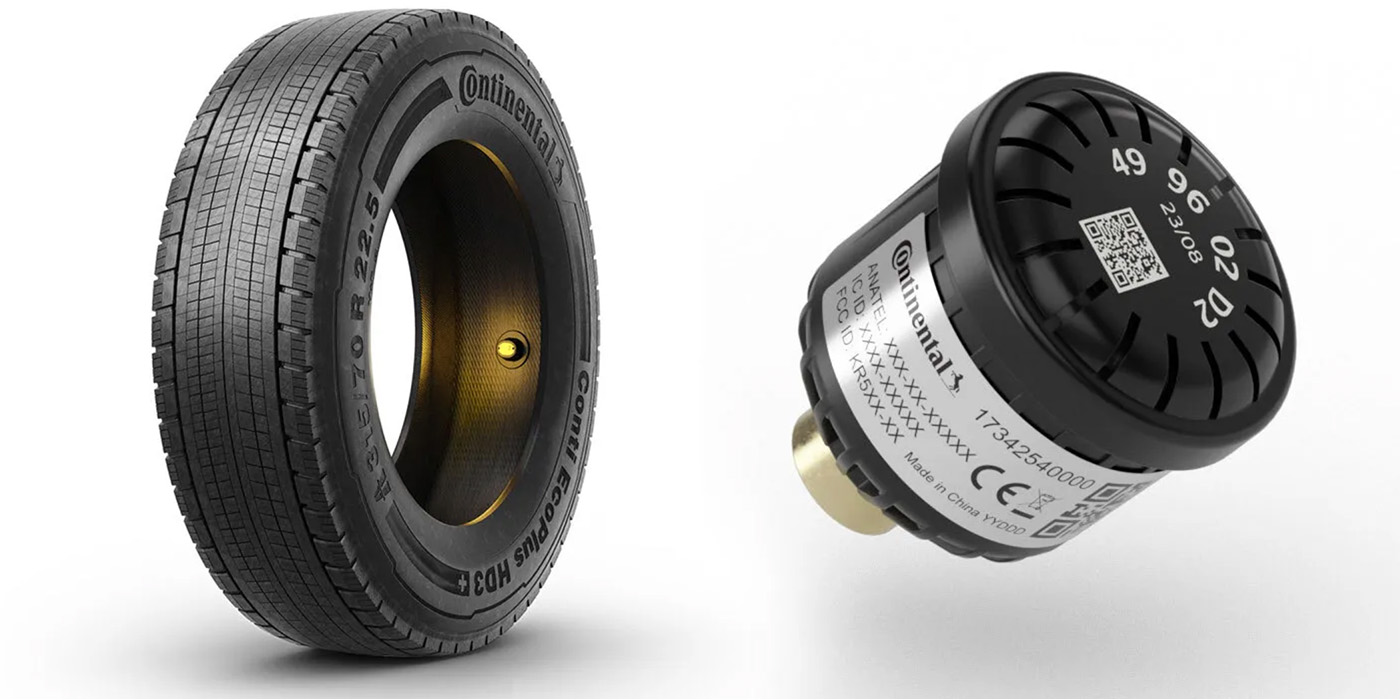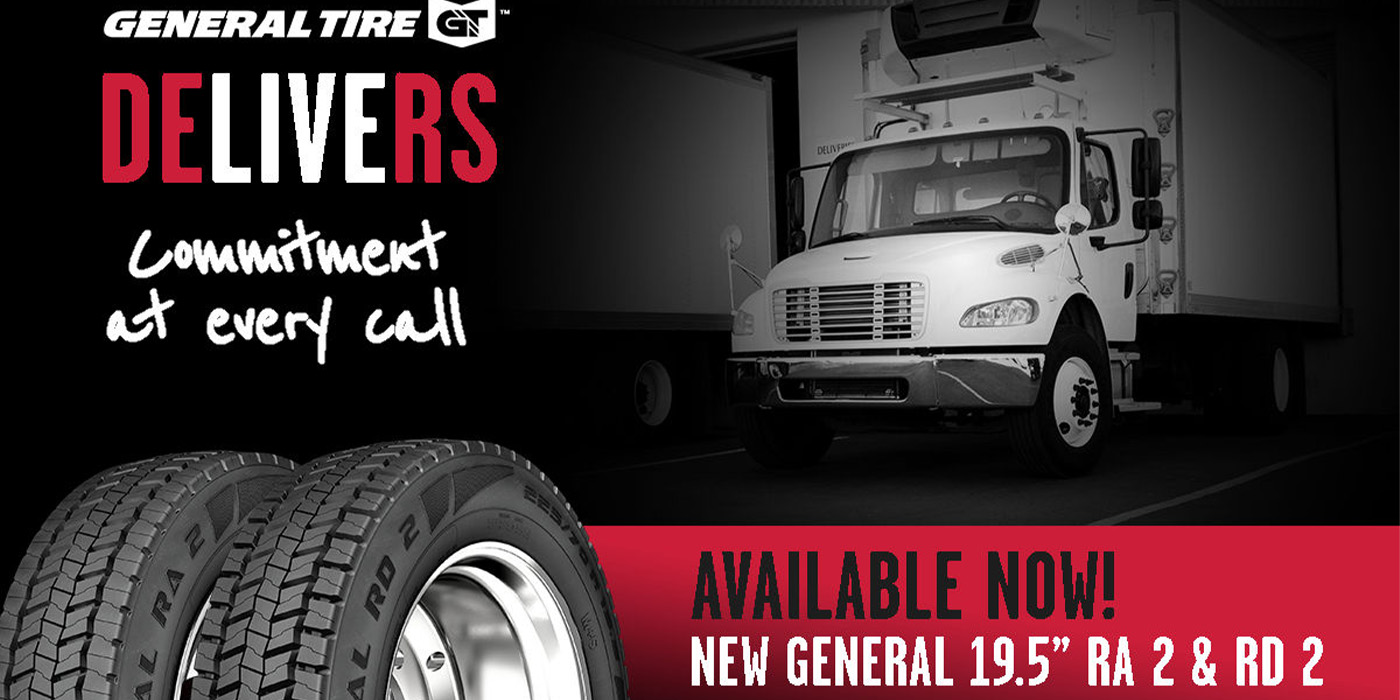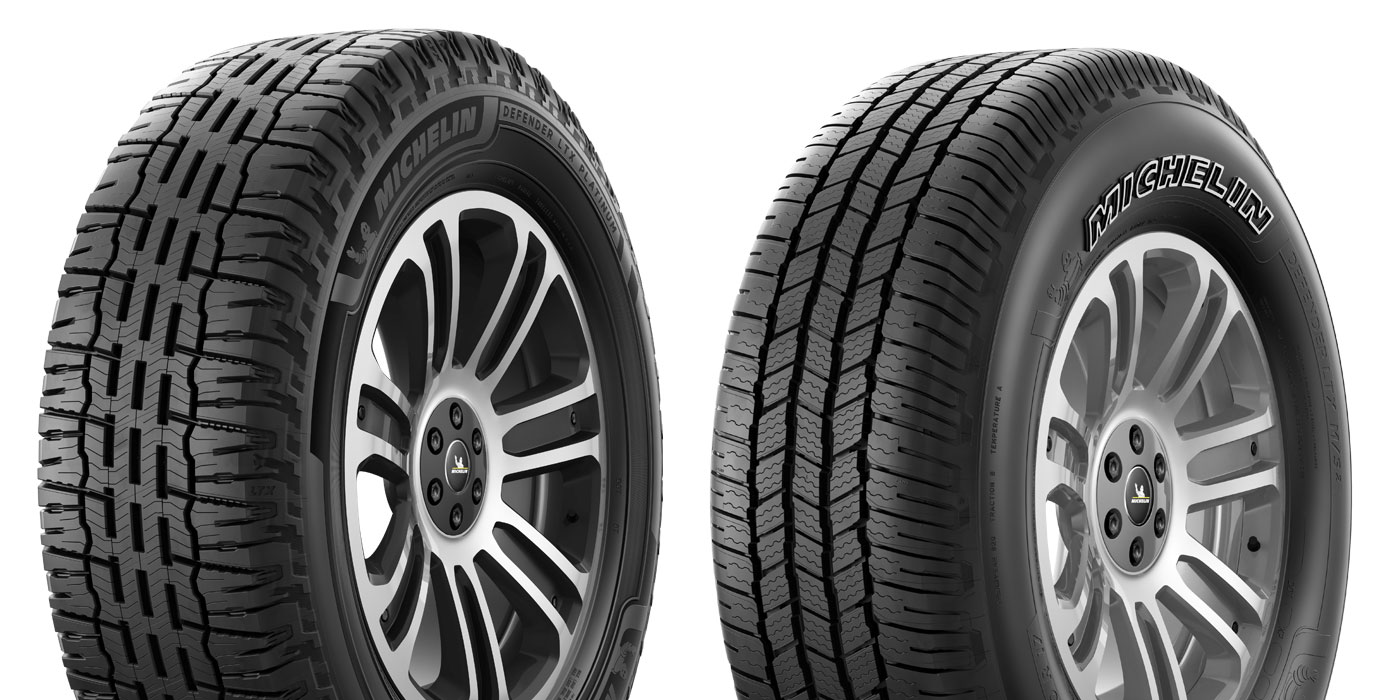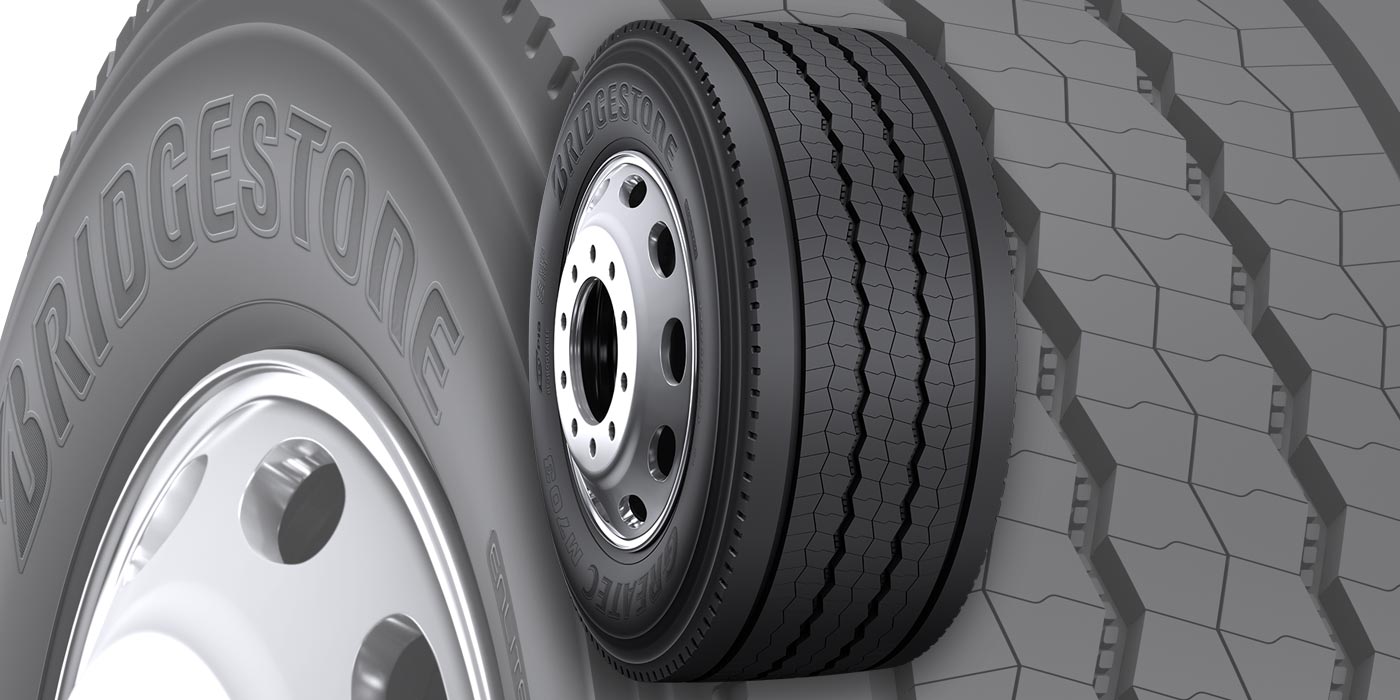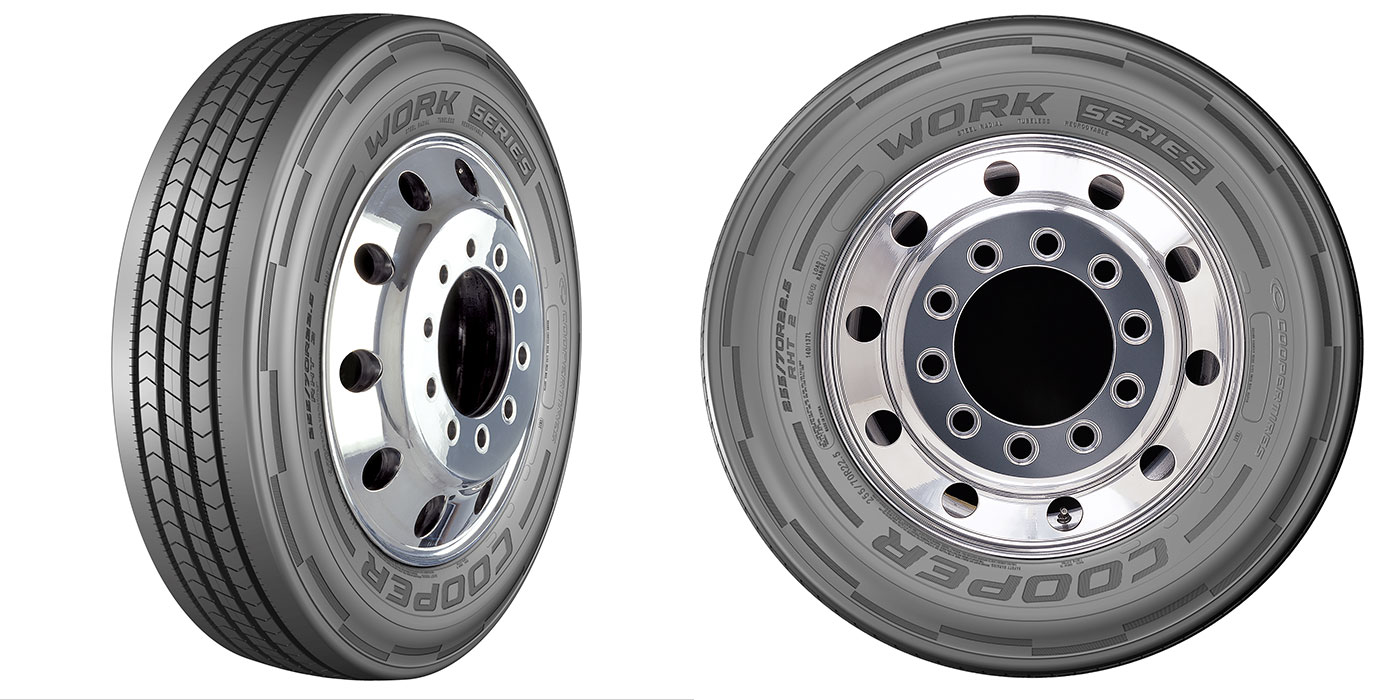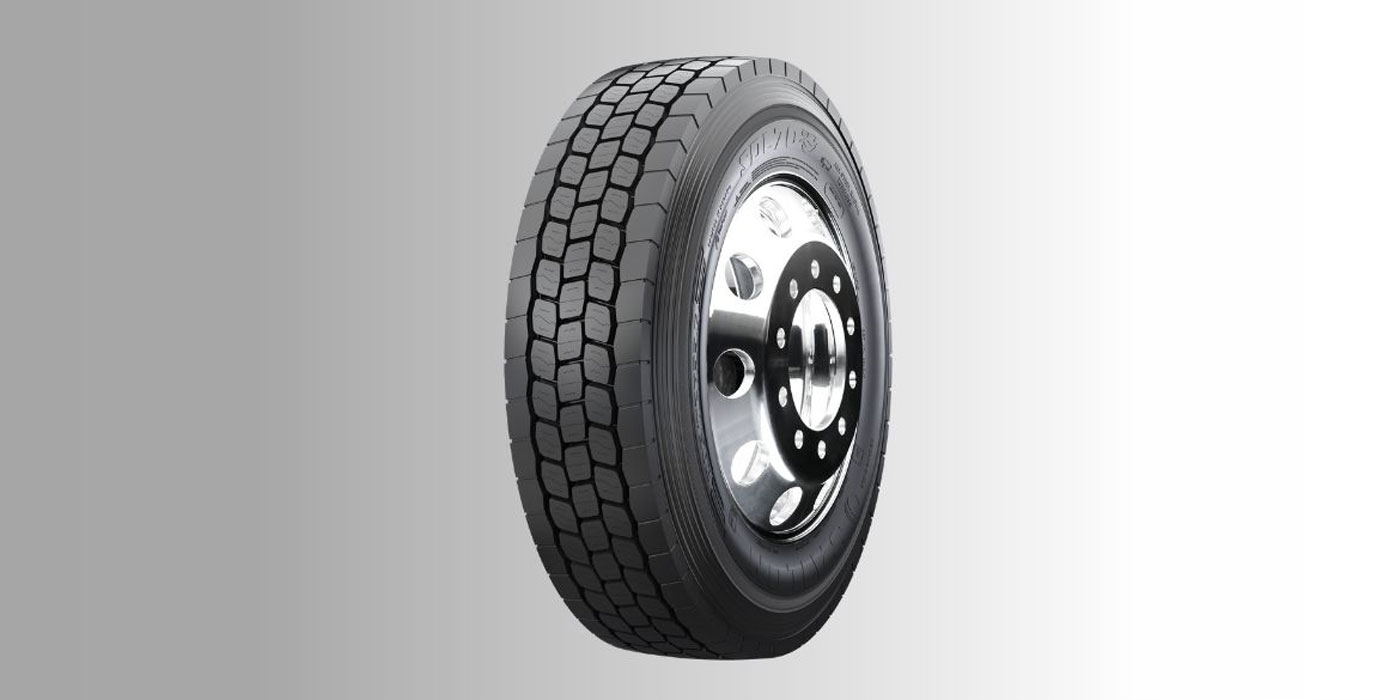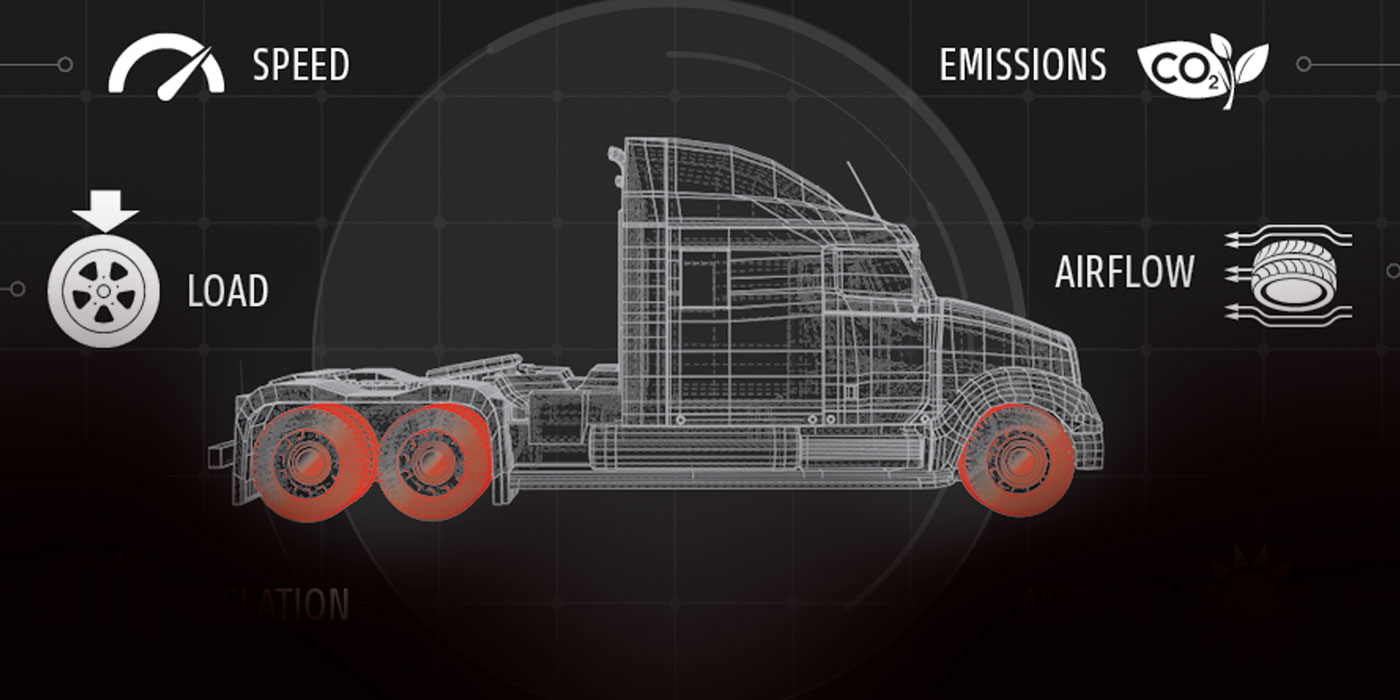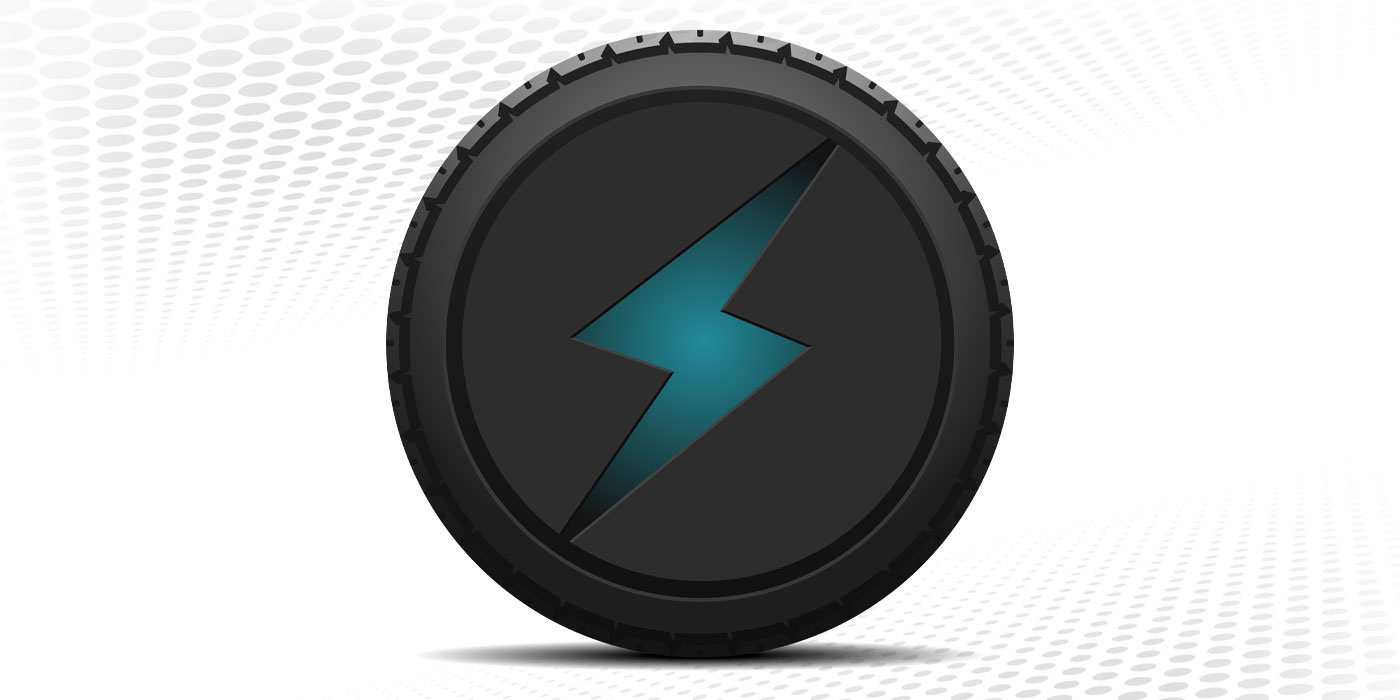There was a time when retreaded tires were pretty good but they didn’t last as long as new tires and their adjustment rate was somewhat higher than comparable new tires. However, they were safe and saved truckers and other motorists considerable amounts of money when compared to higher priced new tires, even if they didn’t last as long and they had a few problems.
But that was a long time ago and those days are part of the distant past.
Retreaded tires produced in today’s top quality retread factories receive the same care and attention as the best higher priced new tires, and they cost a whole lot less! In fact, the overall adjustment rate for retreads produced in top quality factories will be as low – and very often lower – than the adjustment rate for comparable new tires. If you don’t believe this ask any top quality retreader to show you his adjustment records. He’ll be happy to do so.
What Caused The Improvement In Retreads?
Just as with many other products in our daily lives (Think computers. Remember the days when if they didn’t crash at least three times every day we wanted to get down on our knees and give thanks), the improvements in retread non-destructive inspection equipment, computer precision-driven machinery, rubber chemistry have been dramatic, leading to finished retreads with unparalleled quality and value.
People who have never been in a modern retread factory are amazed when they tour one. Shearography, ultrasound, high-voltage, and X-Ray are some of the non-destructive testing methods they may see that are used in retreading, enabling retreaders to actually "see through" the tire to determine if there are separations, broken steel cords or any other damage that would preclude the tire casing from undergoing another safe and useful life after retreading. Tire casings that cannot pass these tests will not be retreaded.
Why Is There Still A Reluctance To Use Retreads?
The main reason is one of perception. People see tire debris on our highways and they assume – incorrectly – that these “road alligators” are caused by retreads. But the facts belie that belief. The reality is that much of the tire debris we see comes from tires that have NEVER been in a retread plant, and was caused by improper tire maintenance.
Another sad reason for the reluctance is because many truckers and others just don’t want to be confused by the facts! Too bad, because they are leaving a lot of money on the table – money that could and should be kept on their side of the table.
Those of you who have been reading my articles or who have heard me speak over the years know that I have a passion for retreading. I wear that passion as a badge of honor because I truly believe in retreading and I know absolutely how safe and dependable today’s top quality retreads are. I also happen to drive on retreads, as does my wife and son and we have been doing so for many years.
Are Retreads Really, Really Safe?
The simple answer in a word is YES. Commercial and military airlines have been safely using retreads on all size planes for years, school and municipal buses, fire engines and other emergency vehicles, the U.S. Postal Service, FED EX, UPS, virtually all major trucking fleets, taxis, race cars and many other types of vehicles all use retreads and you can be certain they wouldn’t use them if retreads weren’t safe. There is even a federal Executive Order (13149) MANDATING the use of retreads on many types of federal fleet vehicles.
How About The Environment?
Retreading has always been a very environmentally friendly industry and is responsible for keeping millions of tires out of landfills every year. In addition, every time a tire is retreaded a significant amount of oil and other energy sources are saved. Throughout the years billions (that’s billions with a B) of gallons of oil have been saved for the world, thanks to retreading. A retreaded tire may look round and black, but it is very green! We are one of the most environmentally friendly recycled products you will ever use.
Savings? Are They Real?
You be the judge. If you are a trucker and are using a top of the line tier 1 tire you are paying well over $400 for one of the common size truck tires. By either retreading your own tires or buying retreads from a top quality retreader, your savings will probably be at least 50%. Not too bad for a tire that will provide approximately the same mileage as a new Tier 1 tire and will have an adjustment rate as low, and sometimes even lower, than a comparable new tire.
Even if you are a volume buyer and choose to purchase a Tier 2 or lesser grade new tire, your savings will still be close to 50% if you switch to retreads. Unless you are in trucking for a hobby and don’t care how you spend your money, you will do yourself and your company a huge favor by getting the facts and then making an informed choice.
How About The Horror Stories?
Don’t be swayed by horror stories you may hear from fellow truckers. I have probably spoken to more truckers than most people in the world over the many years I have been in the retread industry and the overwhelming consensus from truckers – whether owner operators, company drivers or fleet managers, is that today’s retreads perform as well and are as safe as the best comparable new tires.
I am always amused (but saddened is really a better word) when a trucker at a truck show tells me he “wouldn’t use those ‘caps if you paid me,” or “Retreads? Not on my truck!” and then he refuses to listen or even take our CDs, DVDs or other materials. These are really the ones who just don’t want to be confused with the facts.
For every horror story these folks want to tell you, we can put you in touch with ten fellow truckers who will be happy to share their great experiences with retreads.
Will Retreads Hold Up In Heat?
You can use a retread wherever you use a virgin tire, regardless of the temperature. However, as with new tires retreads require air! Not just air, but the right amount of air, which means they need to have the proper amount of air for the load they will carry. Thousands of retreads navigate very hot roads successfully every day worldwide. Don’t believe the myths that retreads can’t take the heat, because they can as long as they carry the proper amount of air. We have several very interesting articles about retreads and heat and we’ll be happy to send them to you. Send an email to [email protected] requesting the articles and they’ll be sent immediately.
But You Have To Do Your Part
Tires, whether retreads or virgin tires, require a lot of care. You MUST check your air pressure on a regular basis using an accurate, calibrated tire gauge. This means NO THUMPING to determine if your tires need air. If you really think you thumping will give you an accurate reading of whether your tires need air, you might as well thump the hood of your truck to determine if your engine needs oil.
You also have to keep your vehicle in proper alignment, including trailer alignments, and it is a very good idea to do a walk around your vehicle and do the “dirty hand” inspection at least once a week (The walk around alone should be done daily!) Move your hand over the tread area and sidewalls of all the tires you can reach and your hand will tell you if it feels any anomalies. Your hands will get dirty, but that’s a very small price to pay for possibly finding a tire problem that may cost you hundreds of dollars in downtime and tire damage if left undetected.
Tires love to suffer! Unlike a dead battery or failed brakes – which will stop you in your tracks – tires will allow you to drive even though they may be ruined because of not having enough air or a faulty sidewall. Never forget that tires are masochists and they love to suffer. It’s up to you to not allow them to get away with it.
You will save money and you may even save a life if you give your tires the care they deserve!
Don’t Take My Word For Any Of The Above
The very best way to decide if retreads are really worth your while is to visit a retread factory and see for yourself how much care goes into producing a top quality retread – one that can help you cut your tire costs in half! We will be happy to arrange a tour in your area and we will also be happy to send you our latest CD and DVD with our compliments. Our discs are loaded with an enormous amount of valuable information about retreading, tire repairing and tire maintenance tips for both retreads and new tires.
To order our materials, call our toll free number 888-473-8732 from anywhere in the U.S. or Canada or send an email to [email protected].
Finally, A Caveat!
Just as with anything else you buy, you need to know about the retreader you choose. We urge you to only deal with top quality retreaders who stand behind their products and who will be there for you if anything ever goes wrong. We can help you find the best retreaders in your area and we’ll tell you why we think they are the best!
Call me personally whenever you are ready to start saving. Our toll free number from anywhere in the U.S. or Canada is 888-473-8732. You can also call +831-372-1917 from other countries. Call anytime.
I even want to hear from you should you ever have a tire problem, either with a new tire or a retread (it happens). We may be able to help.
Remember that knowledge is power. Take advantage of what we have to offer and you will be glad you did. So will your checkbook. And that’s a promise.
Here’s to safe and happy driving.


